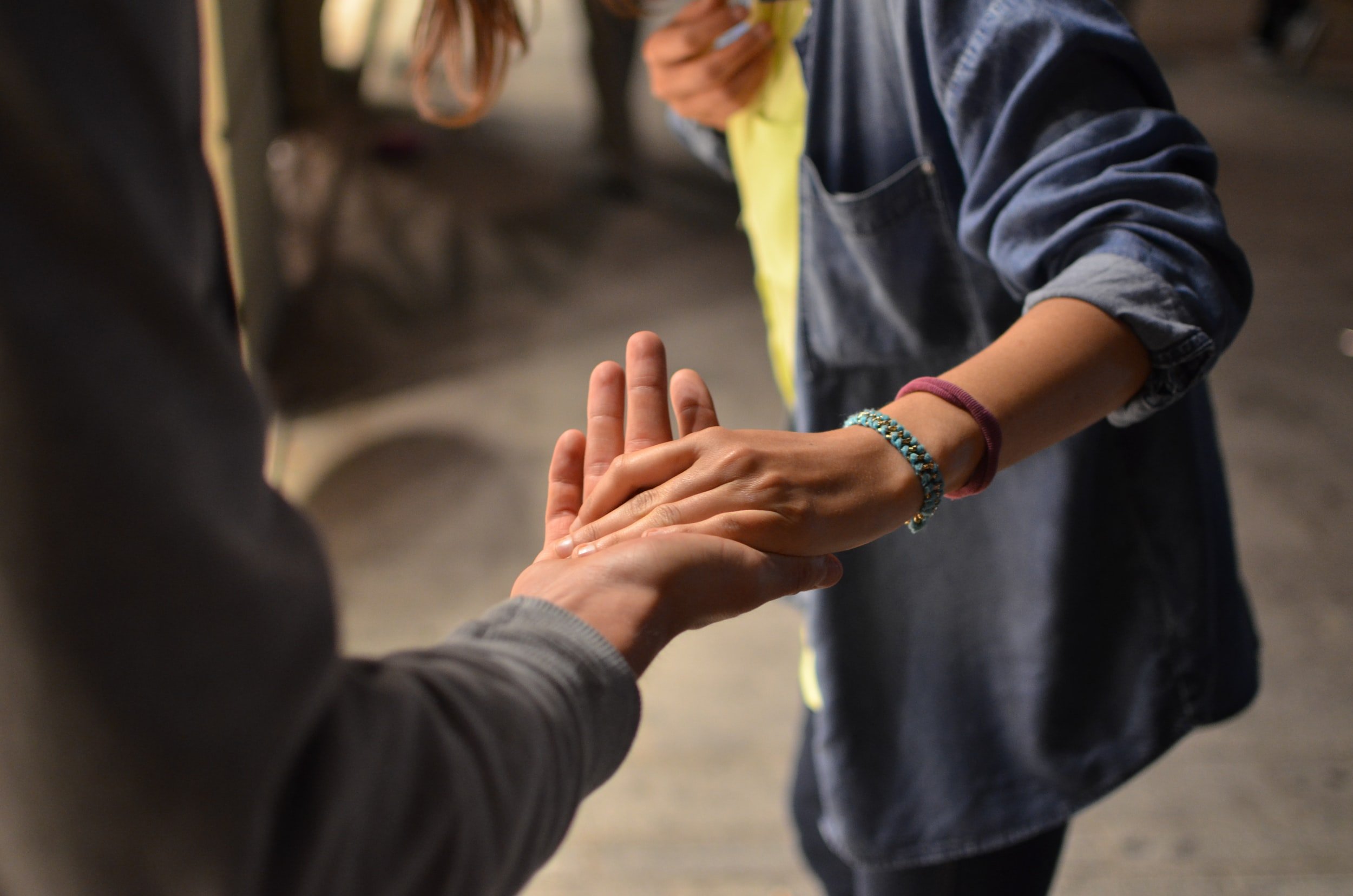
Search our site…
Child Abuse & Neglect
Child abuse is any action by another person that causes significant harm to a child.
There are many different forms of abuse including domestic abuse, bullying and cyberbullying, child sexual exploitation, female genital mutilation (FGM), child trafficking, physical abuse, sexual abuse, emotional abuse and neglect.
Abuse can happen to any child or young person, regardless of their age, gender, race or ability. Abusers are usually known to, and trusted by, the child and family and they can be adults, male or female, or another young person.
An abused child will often experience more than one type of abuse, as well as other difficulties in their lives. It often happens over a period of time, rather than being a one-off event.
Physical Abuse
Physical abuse is deliberately hurting a child causing injuries such as burns, cuts, bruises and broken bones by:
Hitting
Kicking
Slapping
Throwing things at them
Fabricated or Induced Illness (FII) is also physical abuse and occurs when parents or carers make up or cause the symptoms of illness in their child. They may also give them medicine they don’t need.
Emotional Abuse
This type of abuse can seriously damage a child’s emotional health and development, damage self-esteem and severely affect friendships, school and home life.
Children who are emotionally abused are often suffering another type of abuse or neglect at the same time, but this isn’t always the case.
Examples of emotional abuse include:
Being made to feel worthless, wrong or unhappy
Being unfairly blamed
Being bullied
Being made to feel scared or in danger
Being humiliated
Being isolated or ignored
Seeing or hearing domestic violence within the home
Sexual Abuse
This is when a child or young person is told, asked, or forced to take part in sexual activity. This doesn’t have to be physical contact and can also happen online. Sometimes the child may not understand that it is wrong and that what is happening to them is abuse.
The ways in which a young person can be sexually abused include:
Making them do sexual things either to themselves or with other people
Taking photos of them or making them take part in the making of films that involve sexual activity
Making them watch sexual behaviour
Neglect
Neglect is when parents or carers can’t or won’t meet a child’s needs. Sometimes this is because they don’t have the skills or support needed, and sometimes it’s due to other problems such as mental health issues, drug and alcohol problems or poverty.
A neglected child may be left hungry or dirty, with no adequate shelter or supervision and may also be suffering from other abuse as well. They may be put in danger or not protected from physical or emotional harm.
Neglect is dangerous and can cause serious, long-lasting effects. It can affect physical, cognitive and emotional development, behaviour and opportunities.
Neglect can be anything from leaving a child home alone to the worst case scenario where a child dies from malnutrition or being denied the care they need.
Signs of Child Abuse
The signs of child abuse are not always obvious but the NSPCC has some helpful information to help you spot the signs, symptoms and effects of child abuse.
Are you worried about a child?
If you are worried about a child please see our Concerned? page for details of how to get help.
Are you worried about how someone you know behaves around children?
Stop it Now! UK and Ireland is a child sexual abuse prevention campaign. It is run by The Lucy Faithfull Foundation, the only UK-wide child protection charity dedicated solely to reducing the risk of children being sexually abused.
For free confidential advice please contact them:
Telephone: 0808 1000 900
Email: help@stopitnow.org.uk
Further Information and Help
This helpful toolkit which has been prepared by the Department for Education highlights how anything you notice can help a child at risk along with the importance of reporting any concerns you may have that a child is being abused or their safety is at risk.
A free confidential and anonymous digital gateway for young people aged between 13-18 at risk of, or currently experiencing, sexual or criminal exploitation and/or abuse.
Children and young people can:
Seek local information / support
Talk to a chatbot
Speak to a trained professional
The pilot has been funded by BBC Children in Need and delivered in partnership by Missing People and NSPCC/Childline. John Moore University is evaluating the project.
During the initial pilot phase (Sept 2019 – March 2020), the chatbot was accessed 1,746 times. As a result, 344 live chats were initiated by young people; 214 (62%) of these were ‘engaged chats.’ This means the young people were supported to explore risks and their options; and/or helped by an advisor to stay safe; and/or signposted to another service for help. The average length of a chat is around 30 minutes with the longest chat lasting almost three hours.
From the initial findings, online chat works for young people. Young people have said that they are more likely to seek help from professionals via text and online chat where these channels are available.
Useful Resources
Teach your child the Underwear Rule and help protect them from abuse. It's a simple way that parents can help keep children safe from sexual abuse without using scary words or even mentioning sex.
NSPCC - Helpline 0808 800 5000
Talk to Me Tool’ - Navigating Difficult Conversations with Children about Abuse
Signs and indicators template - Centre of Expertise on Child Sex Abuse
Childline - 0800 1111
Samaritans - Telephone: 116 123
